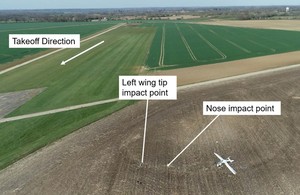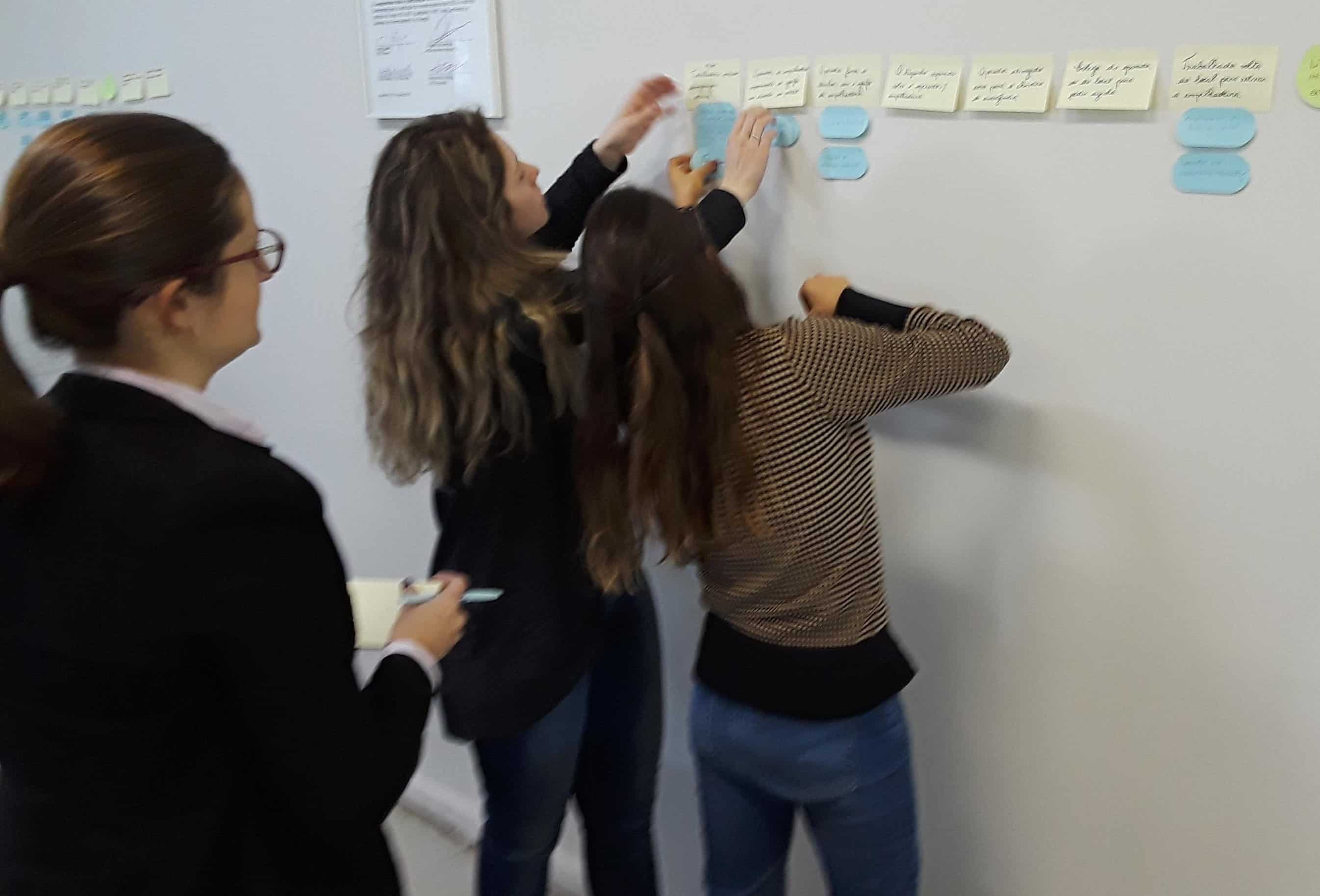Electro Motor Glider Suffers Propeller Strike, Stalls, Spins

A Silent 2 Electro motor glider (G-CIRK) suffered a propeller strike shortly before it was airborne. The glider climbed steeply, stalled, then entered an incipient spin to the left. The glider struck the ground nose-first and the pilot suffered serious injuries on April 23, 2021.
During the ground roll for a self-launched takeoff, the motor glider suffered a propeller strike shortly before it got airborne. The eyewitness evidence and recorded data showed that the glider climbed steeply to about 100 ft before stalling and entering an incipient spin to the left. The glider struck the ground nose-first and the pilot suffered serious injuries, in part due to the lack of energy absorbing structure ahead of the pilot’s seat. The pilot had no recollection of the accident flight.
No mechanical fault or defect was found that would explain the motor glider pitching up excessively after takeoff.
The steep climb was most likely the result of an excessive aft stick input that was not corrected. While the investigation could not positively identify the cause of the aft stick input, it is likely that distraction, pilot workload or stress were factors in the accident. Additional contributory factors were the aircraft’s characteristics of low stick forces with low sensory feedback and poor stall warning indications.
As a result of the investigation findings, the BGA has published and sent a “Safety Briefing” to Silent 2 Electro owners in the UK which provides guidance on operating the motor glider. This has also been provided to the European Gliding Union for onward dissemination to other European gliding associations.
The motor glider had been fitted with a Ballistic Parachute Recovery System (BPRS) which can present a hazard to first responders. As a result the CAA has updated its online G-INFO aircraft register to identify aircraft fitted with such a device.
Source: Air Accidents Investigation Branch (AAIB), “AAIB Report: Silent 2 Electro (G-CIRK), during takeoff the aircraft stalled and hit the ground in a steep nose down impact, Wormingford Airfield, Colchester, Essex,” 7 April 2022.
Circumstances can crop up anywhere at any time if proper and safe sequence and procedures are not planned and followed. We encourage you to learn and use the TapRooT® System to find and fix problems.
TapRooT® has a team of investigators and instructors with years of extensive training ready to offer assistance worldwide. We also offer ongoing support to our clients through free newsletters and root cause tip videos, the root cause analysis blog, and our annual Global TapRooT® Summit.
Register for one of our courses. We offer a basic 2-day course and an advanced 5-day course. Contact us or call 865.539.2139 about having a course at your site or for further root cause analysis opportunities. We’re here to find solutions for you.
Contact us to discuss training your employees on-site. You may also call us at 865.539.2139 to speak to an instructor, schedule an executive briefing, or book on-site training for your team.



